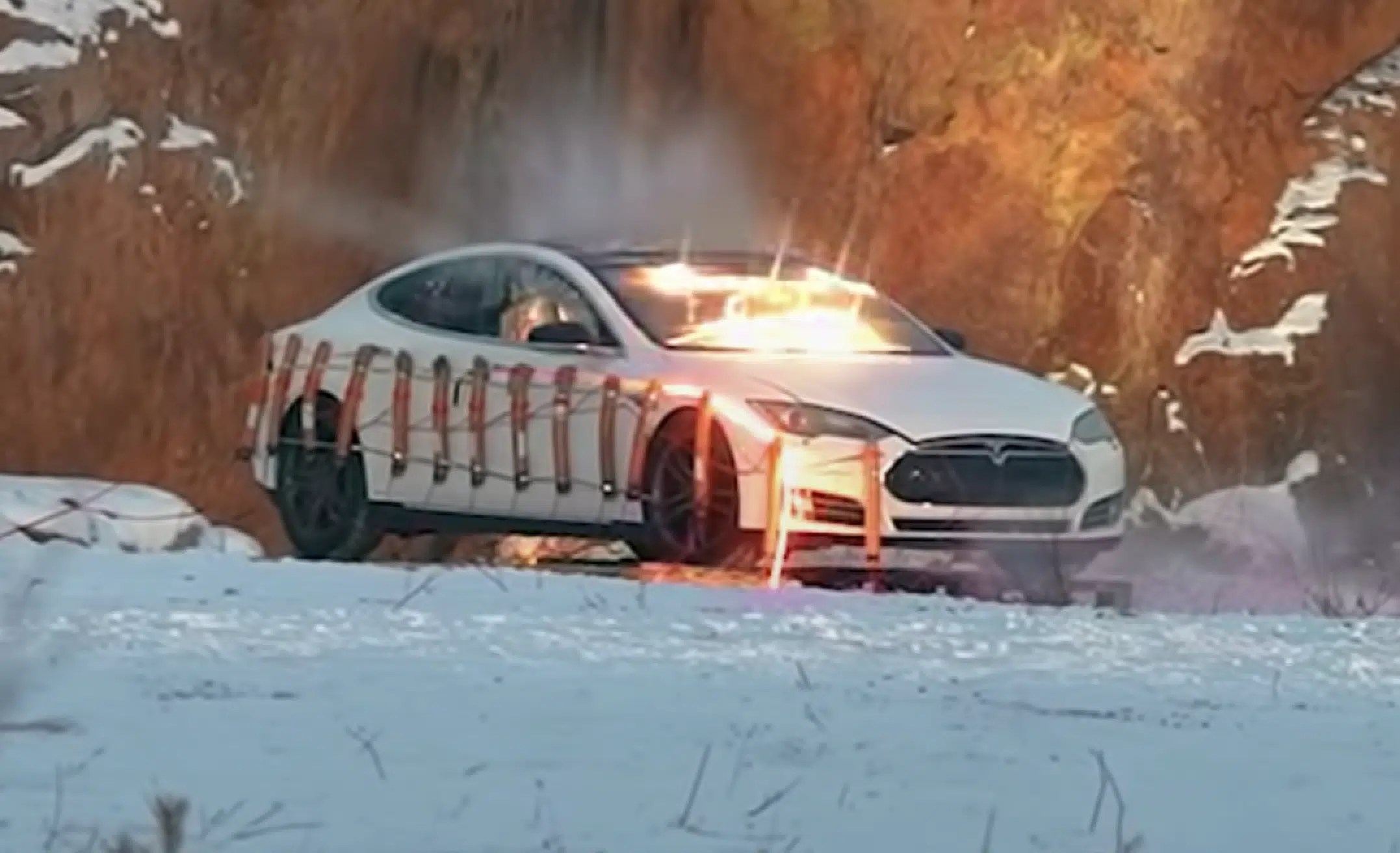Tesla S explosion is a topic that has raised eyebrows and sparked concerns among electric vehicle enthusiasts and the general public alike. In recent years, the electric vehicle industry has seen exponential growth, with Tesla leading the charge. However, incidents like explosions and fires can cast a shadow on the reputation of these innovative vehicles. This article aims to explore the various aspects surrounding the Tesla S explosion, including incidents, safety measures, and the technology behind Tesla vehicles.
As electric vehicles become more prevalent on our roads, understanding the potential risks and safety protocols is crucial. The Tesla S explosion incidents are not isolated, and they raise important questions about the safety of lithium-ion batteries and the measures in place to protect drivers and passengers. This article will delve into the causes of these explosions, the aftermath of such events, and what Tesla is doing to mitigate these risks.
By providing a comprehensive overview of the Tesla S explosion and its implications, we aim to educate readers and foster a better understanding of electric vehicle safety. Whether you're a Tesla owner, considering purchasing an electric vehicle, or simply curious about the technology, this article will provide valuable insights.
Table of Contents
- 1. Overview of Tesla S
- 2. Incidents of Tesla S Explosions
- 3. Causes Behind Tesla S Explosions
- 4. Safety Features in Tesla Vehicles
- 5. Tesla's Response to Explosion Incidents
- 6. Public Perception and Media Coverage
- 7. Future of Electric Vehicle Safety
- 8. Conclusion and Final Thoughts
1. Overview of Tesla S
The Tesla S, introduced in 2012, is a luxury all-electric sedan that quickly gained popularity for its performance, range, and technology. With a sleek design and cutting-edge features, the Tesla S has set the standard for electric vehicles.
1.1 Key Specifications
- Battery: Lithium-ion
- Range: Up to 405 miles on a single charge
- Acceleration: 0-60 mph in as little as 2.4 seconds
- Technology: Autopilot, over-the-air updates
2. Incidents of Tesla S Explosions
While Tesla vehicles are generally considered safe, there have been a few incidents involving Tesla S explosions. These incidents have raised concerns and prompted investigations. Here are some notable cases:
- 2013: A Tesla S caught fire after hitting debris on the highway.
- 2014: Another incident occurred when a Tesla S was involved in a crash, leading to battery fire.
- 2020: A Tesla S exploded in a parking lot after a crash, raising questions about battery safety.
3. Causes Behind Tesla S Explosions
The causes of Tesla S explosions can vary, but they often involve factors related to the vehicle's lithium-ion battery system. Understanding these causes is essential for improving safety measures.
3.1 Battery Safety
Lithium-ion batteries are known for their high energy density, but they can be susceptible to thermal runaway, which can lead to fires or explosions. Factors that contribute to this include:
- Physical damage to the battery pack
- Manufacturing defects
- Improper charging
4. Safety Features in Tesla Vehicles
Tesla has implemented several safety features in its vehicles to mitigate risks associated with battery explosions. These features include:
- Advanced cooling systems to regulate battery temperature
- Reinforced battery enclosures to protect against impacts
- Regular software updates to improve battery management systems
5. Tesla's Response to Explosion Incidents
In response to explosion incidents, Tesla has taken proactive measures to address safety concerns. The company has issued recalls when necessary and continuously works on improving battery technology.
5.1 Customer Communication
Tesla maintains open communication with its customers regarding safety issues, providing updates and guidance on vehicle maintenance and safety protocols.
6. Public Perception and Media Coverage
Media coverage of Tesla S explosions often sensationalizes the incidents, leading to public concerns about electric vehicle safety. It is important to differentiate between isolated incidents and overall vehicle safety records.
6.1 Statistics on Electric Vehicle Safety
According to data from the National Highway Traffic Safety Administration (NHTSA), electric vehicles, including Tesla, have lower overall fire rates compared to traditional gasoline vehicles.
7. Future of Electric Vehicle Safety
As electric vehicles continue to evolve, safety will remain a top priority. Ongoing research and development in battery technology will aim to reduce the risks associated with lithium-ion batteries.
7.1 Innovations in Battery Technology
New battery technologies, such as solid-state batteries, show promise for improved safety and performance, potentially reducing the risk of explosions in the future.
8. Conclusion and Final Thoughts
In conclusion, while Tesla S explosions have raised valid concerns, it is essential to consider the overall safety record of electric vehicles. Understanding the causes and safety measures in place can help alleviate fears and promote informed decisions among potential Tesla owners.
We encourage readers to share their thoughts in the comments below and explore more articles on electric vehicle technology and safety. Stay informed and stay safe on the road!




